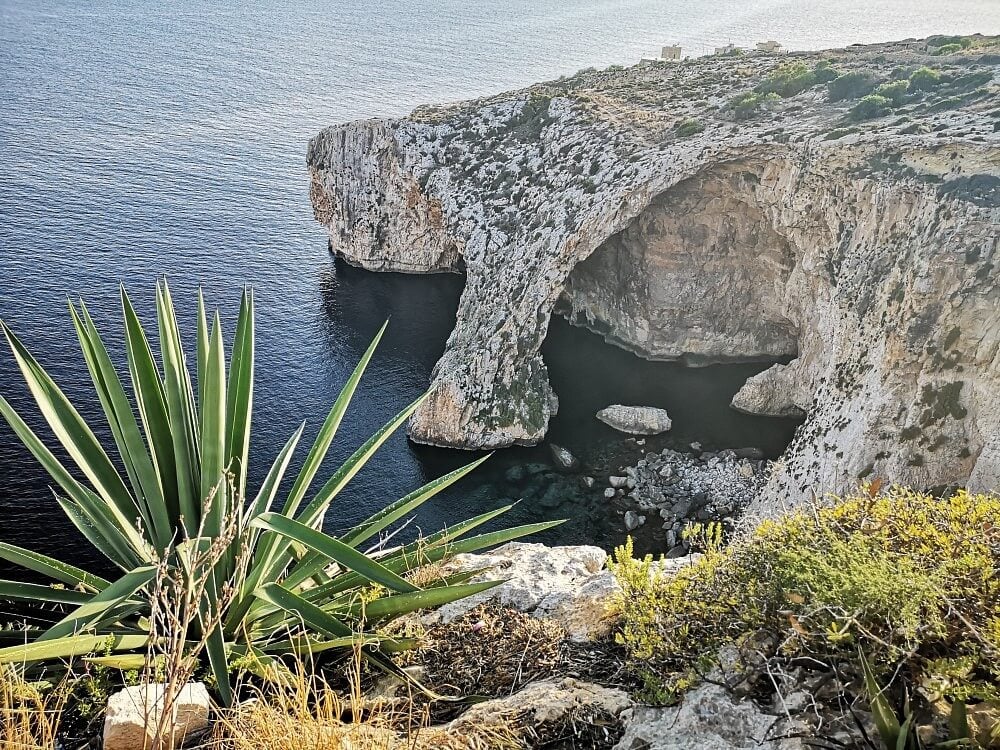How to Spend One Week in Malta
Malta is an archipelago in the Mediterranean close to Sicily. It consists of three islands – Malta (the main island), Gozo, and Comino. Malta is an independent country which is part of the European Union. It used to be a British Colony, therefore English is still an official language here along with the Maltese local language. In recent years, the country has experienced an economic boom providing good conditions for many foreigners to settle here. Below I have listed some important information, things to do, and travel tips about Malta for first-time visitors.
Table of Contents
- How to get to/from the Airport
- How many days do you need in Malta
- Day 1: Valletta and the Three Cities
- Day 2: Comino Island and Blue Lagoon
- Day 3: Mdina – the silent city
- Day 4: Blue Grotto
- Day 5: Gozo
- Day 6: Visit Marsaxlokk
- Day 7: Sliema and St. Juliens
- How to Get Around Malta Island
- Where to Stay in Malta
- When is the Best Time to Visit Malta
- What is the Maltese National Dish
- Is Malta a Safe Place to Go
How to get to/from the Airport
There are two ways to get from the airport to any major city or resort in Malta. The cheapest option is to take a bus. There is a bus terminal directly in front of the airport. Depending on the destination, you might need to wait for about an hour for your bus to come. The more convenient option is taking a taxi. There is a taxi booth directly at the airport where you can buy a pre-paid card for a taxi. Taxi service here is based on a fixed rate ranging between 15 and 40 euros depending on the destination.
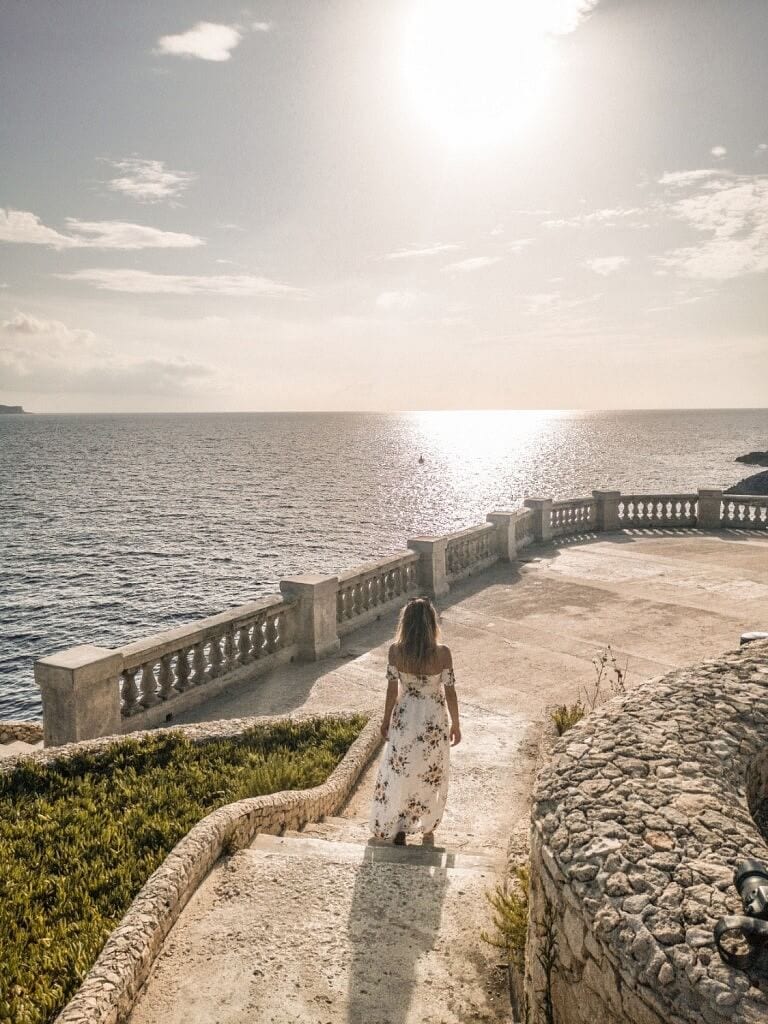
How many days do you need in Malta
During my visit, I stayed only 4 days in Malta. It was enough to see all the main attractions. But it was not enough to explore the remote areas or just relax and take it slow. Probably one week will be the best option to do all the sightseeing and relaxing on the beach. On the other hand, if you decide to stay longer, don’t expect to have a typical beach vacation. There are not so many beaches in Malta and the good ones are usually overcrowded. The island itself is very small and you can easily get to any point within a couple of hours.
Malta One Week Itinerary
Day 1: Valletta and the Three Cities
For those searching for relaxation, Valletta Waterfront with many restaurants offers catering to different tastes right at the water’s edge. Here you can enjoy your morning coffee watching small and big boats passing by.
Enjoy Maltese Nights on Tuesday evenings where you can experience traditional folk dancing, and a local musical called Terramaxka.
Before there was Valletta, there were three large cities on two peninsulas across the Grand Harbor- Senglea, Vittoriosa, and Cospicua (former L-Isla, Birgu, and Bormla). Birgu was the first capital of Malta and later also the headquarters of the Knights of St. John. I recommend exploring these cities on foot.
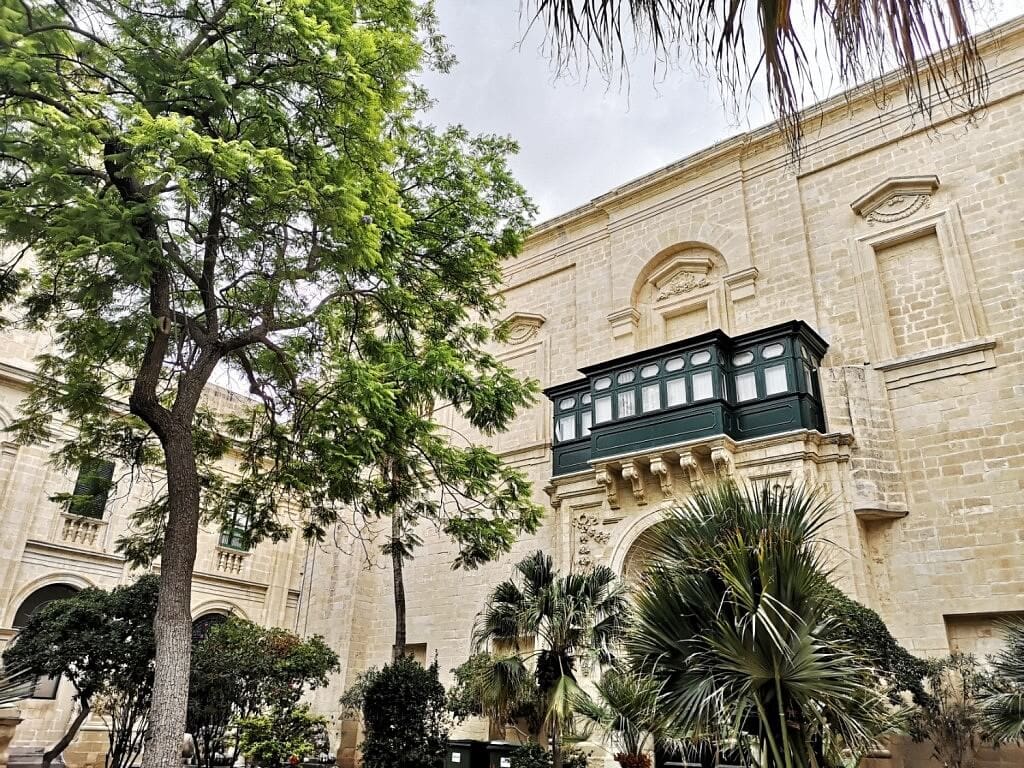
Points of interest:
- Maritime Museum, Birgu
- Inquisitor’s Palace, Birgu
- Bir Mula Heritage, Cospicua
- St. Michael Baston Sengle
- Gardjola Gardens, Senglea
Day 2: Comino Island and Blue Lagoon
Comino’s unspoiled shored shimmering azure waters attract many visitors and for a good reason. The island’s main attraction, the Blue Lagoon, is usually overcrowded during the high season and packed with small kiosks, food trucks, and umbrellas. Santa Maria Bay is a good alternative if you want to escape the crowds. It is only 15 15-minute walk from the Blue Lagoon. Imnieri cave network not far from Santa Maria Bay is Comino’s only cave which is accessible by foot. Don’t forget to bring your snorkeling gear.
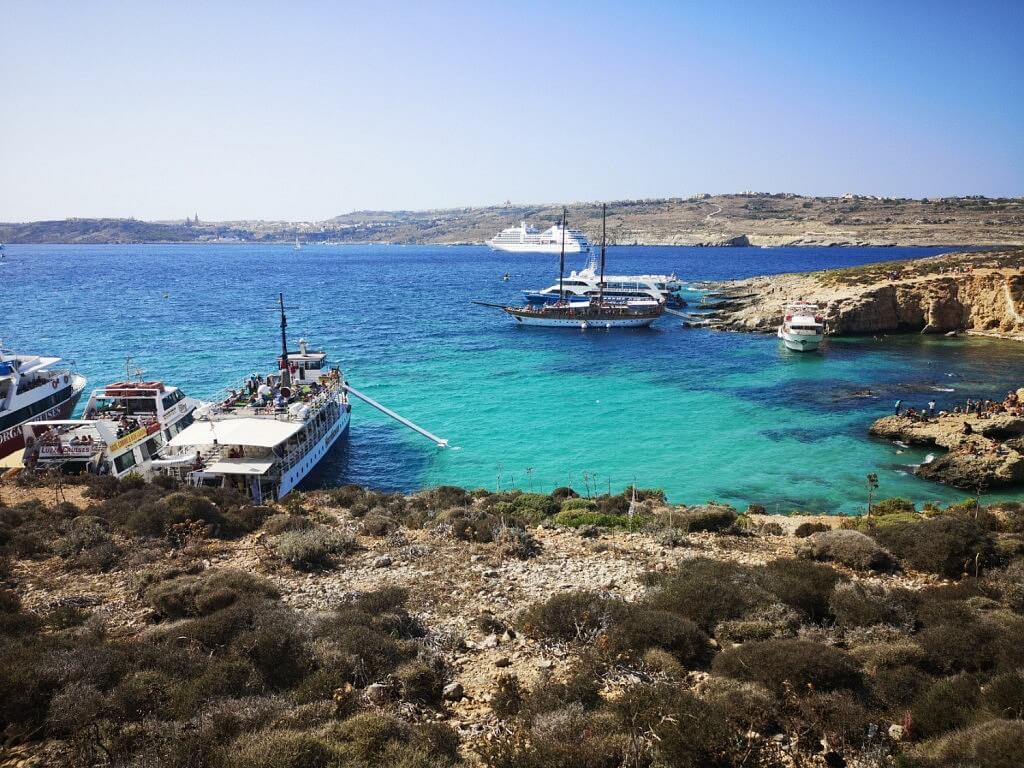
Day 3: Mdina – the silent city
Mdina, the former capital of Malta, has 4000 years of history. Mdina, also called the Silent City, is surrounded by fortified walls and has only about 300 people living there. No cars are allowed here but you are free to ride a horse, which many tourists actually do. The city has well-preserved medieval buildings and a timeless atmosphere making it so attractive for visitors. It’s neighboring town Rabat also played a vital role in Malta’s past. It’s quite easy to get to Mdina from Valletta. You can either take a short bus drive or go by car.
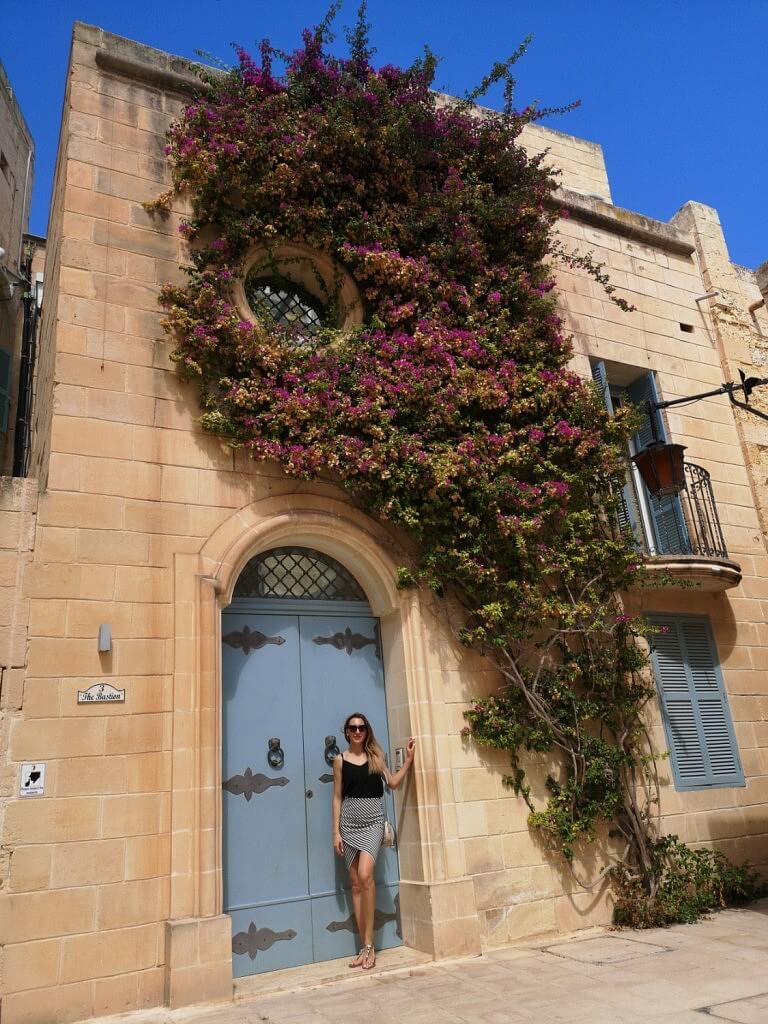
Points of interest:
- St. Paul’s Cathedral and the Museum
- Archbishop’s Palaces
- Palazzo Falson (The Norman House)
- Palazzo Gatto Murina
- Mdina Ditch Garden
- Banca Giuratale
- National Museum of Natural History
For a lunch break, I highly recommend stopping by Fontanella Tea Garden and trying their famous cakes and checking out the view upstairs.
Day 4: Blue Grotto
Blue Grotto is a complex of seven caves located along the southern coast of main Malta island. The complex comprises an impressive massive main arch, as well as a system of 6 smaller caves. You can get to the Blue Grotto via a boat tour, which departs from the tiny harbor of Wied iż-Żurrieq. The tours are performed in a traditional Maltese fishing boat. They operate in Summer from 9 am to 5 pm, in Winter – to 15:30 pm. The waters around the Blue Grotto are very clear and clean, making it a good spot for diving and snorkeling.
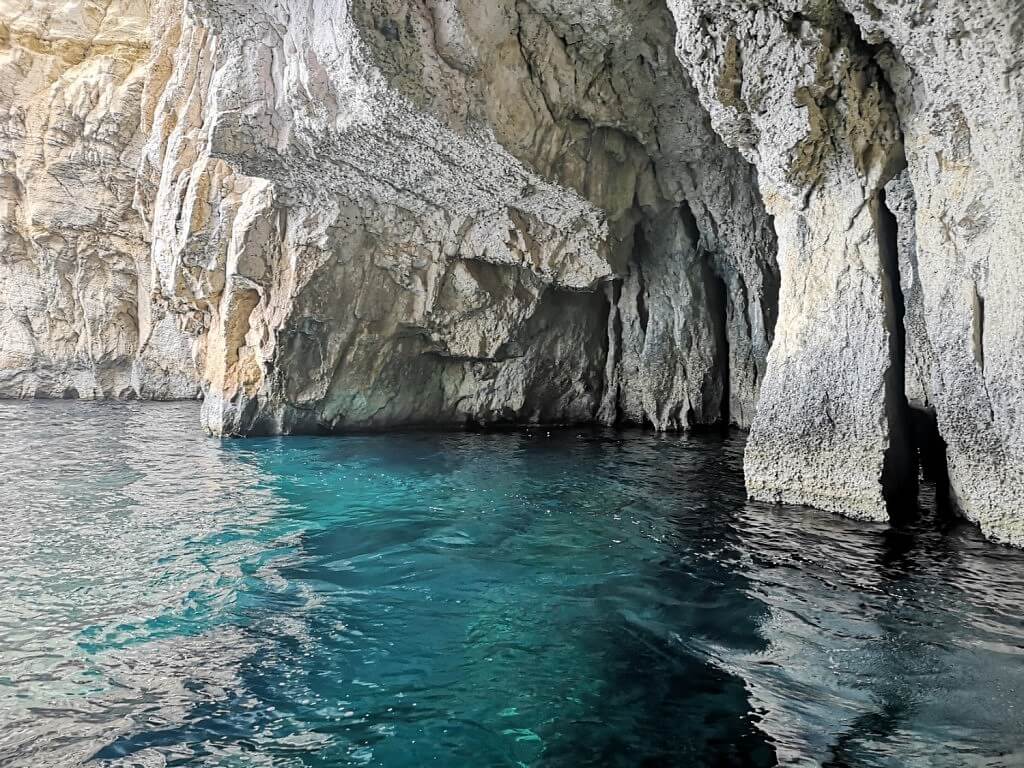
Day 5: Gozo
Being the second-largest island in the Maltese archipelago, Gozo is less crowded than Malta. It used to be mainly known for the famous Azure Window, which unfortunately collapsed a few years ago. Nowadays people come here for the rural atmosphere and tranquility. To get to Gozo you will need to take a ferry from Ċirkewwa (at the Northernmost tip of the main island of Malta). The ferry departs frequently on a daily basis. There are many beautiful hiking paths on the island and spots for diving and snorkeling.
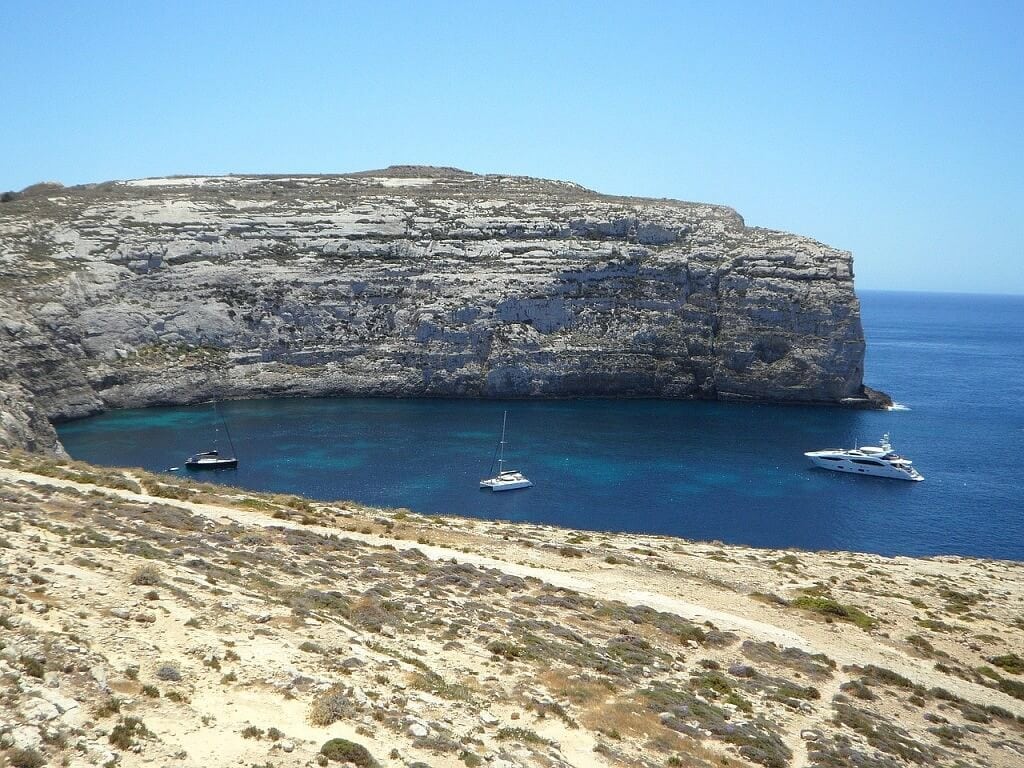
Top things to see on Gozo:
- Victoria and the Citadella
- Dwejra inland sea
- Ġgantija Megalithic temples
- Ta’Pinu Basilica
- Marsalforn salt pans
- Ramla Bay
Don’t miss the opportunity to experience the local entertainment on Gozo at the “End of Summer Fest” on September 13-15 in Mdarr Harbour.
Day 6: Visit Marsaxlokk
Marsaxlokk is the only traditional fishing village in Malta. It has only a few thousand inhabitants and is famous for its beautiful harbor with colorful traditional fishing boats called luzzu. Marsaxlokk is a real paradise for fish lovers. Many restaurants serve freshly caught fish lined along the promenade. Another highlight of Marsaxlokk is the Sunday market where you can feel the Mediterranean vibes. The fish market itself, which is part of the main market is open only until around 2 pm so I highly recommend visiting the market early in the morning. If you have enough time, take a swim in St Peter’s Pool. It is famous for cliff diving and beautiful rocky views.
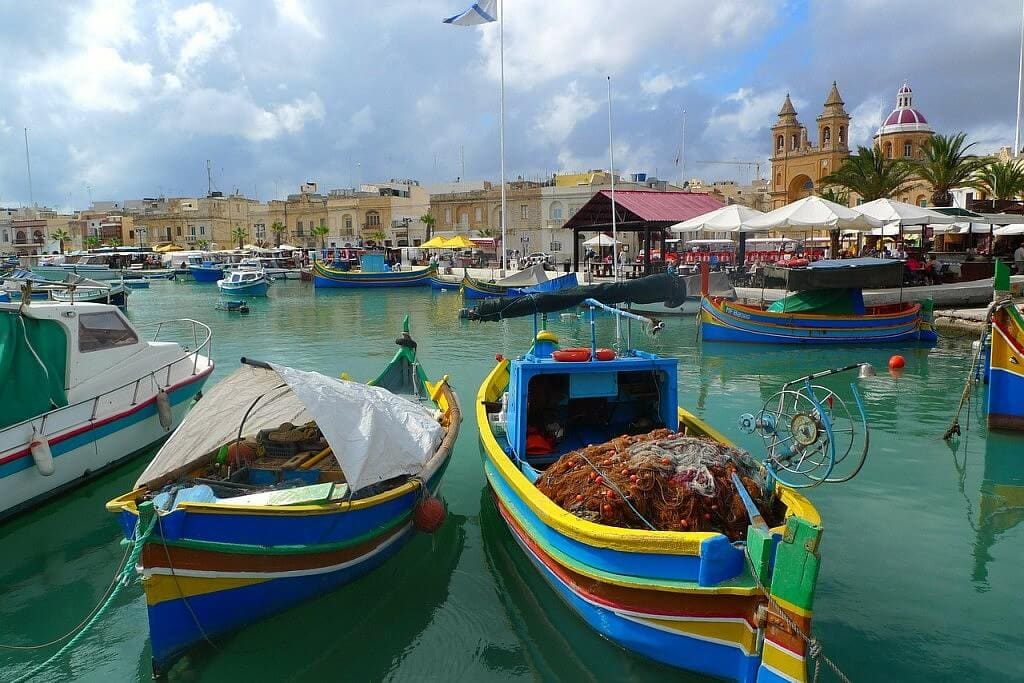
Day 7: Sliema and St. Juliens
If you like to party and explore Maltese nightlife, St. Julian’s with its famous Paceville party district is the place to go. Next to St. Julien’s is Sliema, which you can reach on foot. It is an elite residential area with luxury hotels, shopping facilities, beautiful seaside cafes, and great restaurants. Famous for its waterfront and colonial houses, it is definitely worth a visit. I recommend staying in Sliema overnight instead of St. Julien’s unless you are fine with hearing loud music and partying people all night long.
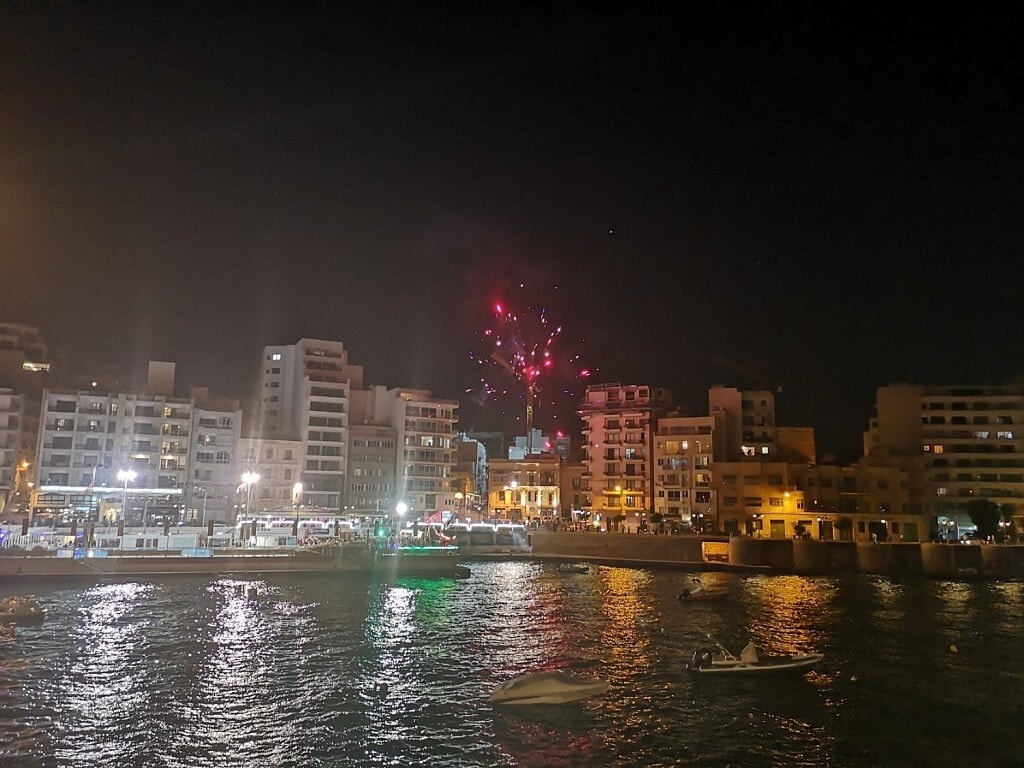
How to Get Around Malta Island
Unlike many other Mediterranean islands, public transportation in Malta is accessible almost everywhere on the island and is working pretty well. There are even night buses connecting major cities and places in Malta. If you are staying outside of Valletta, you might need to change to another bus in the Valetta Terminal in order to get to major sights like Mdina or Blue Grotto. Another, more convenient option, is to jump on the hop-on-hop-off buses. They depart every 30 minutes and stop at major tourist attractions within the Malta North and South Routes. Public transportation in Malta is quite cheap. If you take a single ride, you can pay directly to a bus driver. For your convenience, it might be better to use a Tallinja card. There are several options available – unlimited rides within 7 days, 12 journey cards, or a more sophisticated ExplorePlus card which gives you the possibility to use buses, ferries, and even hop-on-hop-off buses within 7 days.
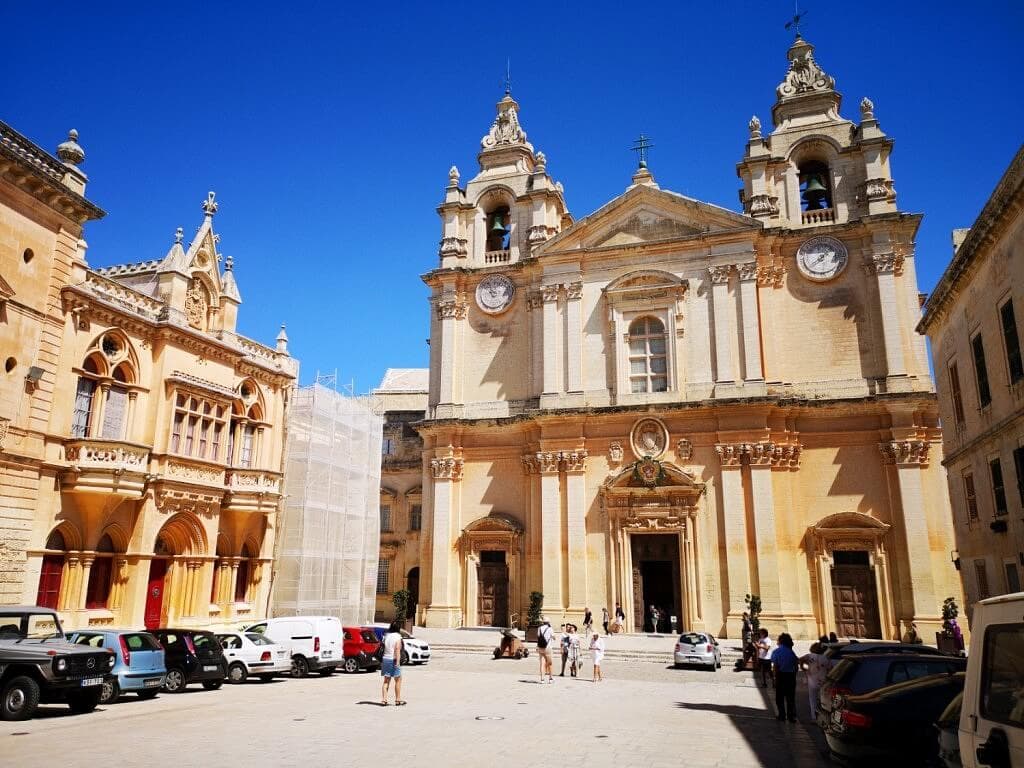
Where to Stay in Malta
When deciding where to stay in Malta, you should first consider what are your preferences. If you like culture and shopping, then probably Valletta or the Three Cities, located on the main island, would be the best option for you. If you like to party and explore Maltese nightlife, St. Jullians with its famous Paceville district will be your option. Otherwise, if you like tranquility, you can consider Gozo Island or the Maltese countryside. Gozo has some of the best beaches in the Maltese archipelago but the public transportation here is not as frequent as on the main island.
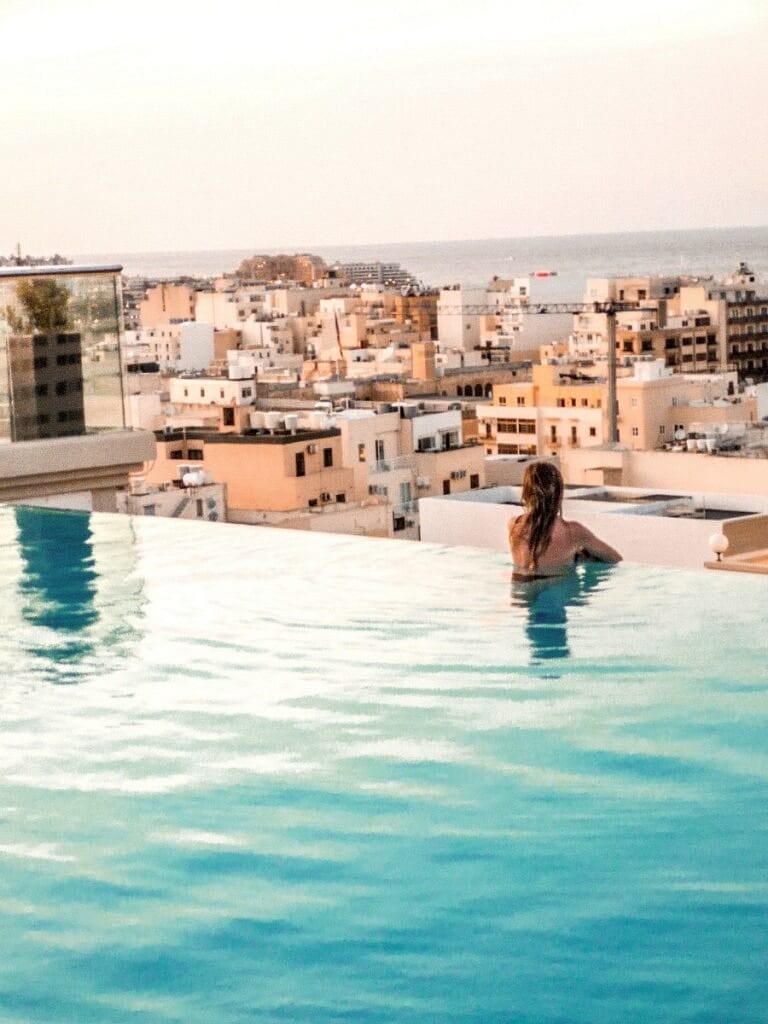
When is the Best Time to Visit Malta
In the summer months, you can experience nonstop sunshine and very high temperatures in Malta but this is also the high season. That means that the prices for accommodation will be the highest and all the main sightseeing destinations and beaches will be overcrowded. Generally, autumn and spring months are a much more pleasant time to visit Malta. When I asked the locals what is the best time to visit Malta in their opinion, they told me at the beginning of November. The sea temperature is still high enough for swimming, but there are far fewer tourists. The prices in hotels also drop significantly and you can have some of the most famous beaches all for yourself.
What is the Maltese National Dish
One of the most famous Maltese dishes is the rabbit stew (fenek). Maltese restaurants serve rabbits both fried in wine and garlic or as a stew. There are two main things that are special about Maltese food. First of all, the portions that are served in restaurants are very big. For example, if you order one portion of a typical Maltese dish (not a salad or pasta) you can expect that there will be probably enough food to make two people completely full. Another Maltese specialty is that they put olives in almost every dish. If you don’t find any olives in your main dish, there will be some probably in the starter. Food in Maltese restaurants is generally not cheap but the quality is quite high. If you go for fine dining with a 3-course menu and a glass of wine, expect to pay around 40-60 euros. Otherwise, if you are on a tight budget, you can also have a nice dinner for about 20 euros or even less.
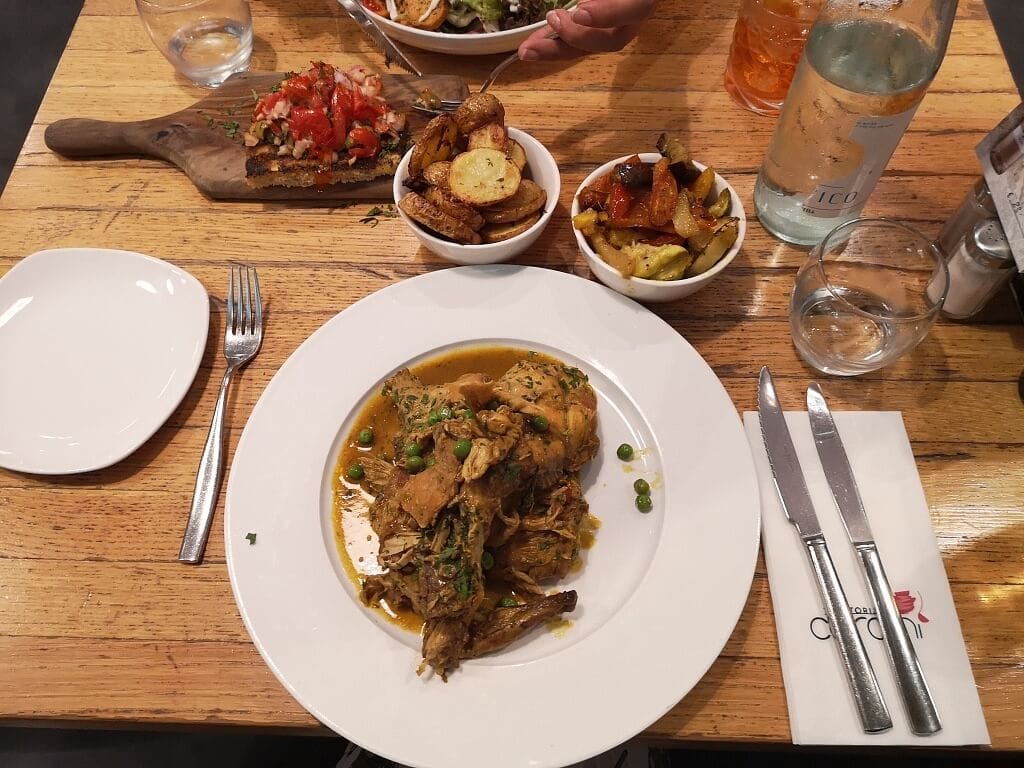
Is Malta a Safe Place to Go
Malta is a very safe country for travelers and expats. It has a very low rate of violent crime and has not experienced any serious crime in recent years. Despite this, pick-pocketing on buses in summer months sometimes occurs. Be aware of your surroundings and always keep sight of your valuables.
I hope you will find these travel tips for Malta helpful and enjoy your stay there.
Disclosure: This article may contain affiliate links. If you purchase something through them, I may earn a small commission at no cost to you. It’s a win-win for both of us and helps to keep this content free.

